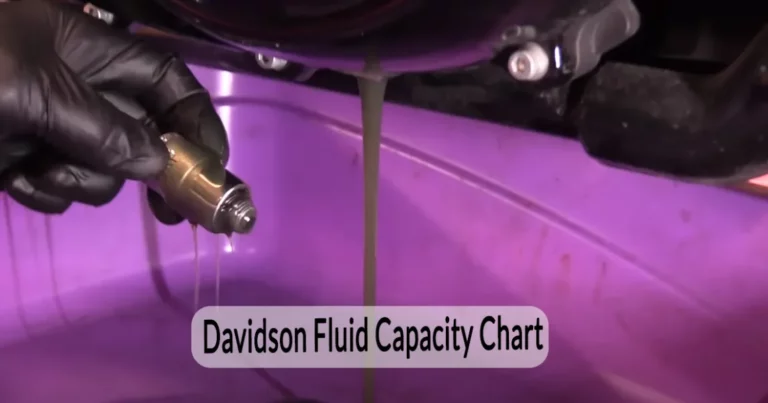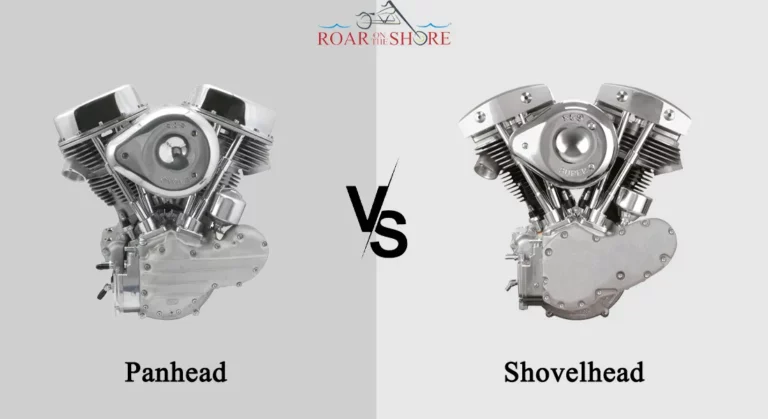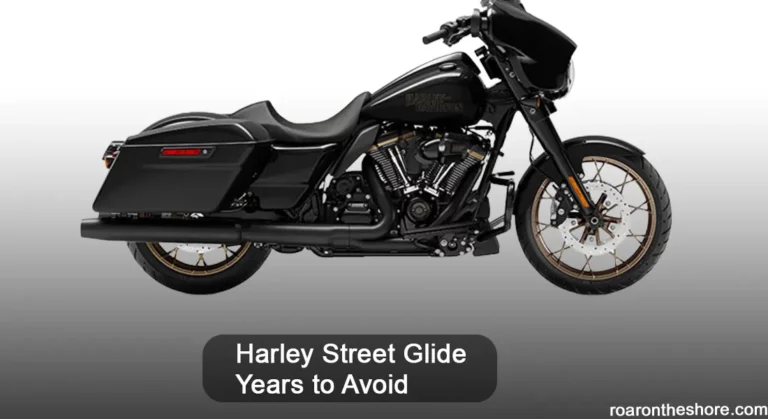Vacuum Operated Petcock Problems On Harley Davidson: 4 Issues And Their Fixes
Harley Davidson bikes are known for their insane power and throttle. The company started as a touring bike specialist and eventually ventured into all types of different bike variants. But at its core, the idea of sheer power remained.
One of the common mechanisms to regulate this power is the vacuum-operated petcock. And as unfortunate as it is, Harleys often suffer from petcock issues like diaphragm failure, vacuum line issues, or fuel leakage. Here’s how you can fix them and the potential cost involved with the fix.
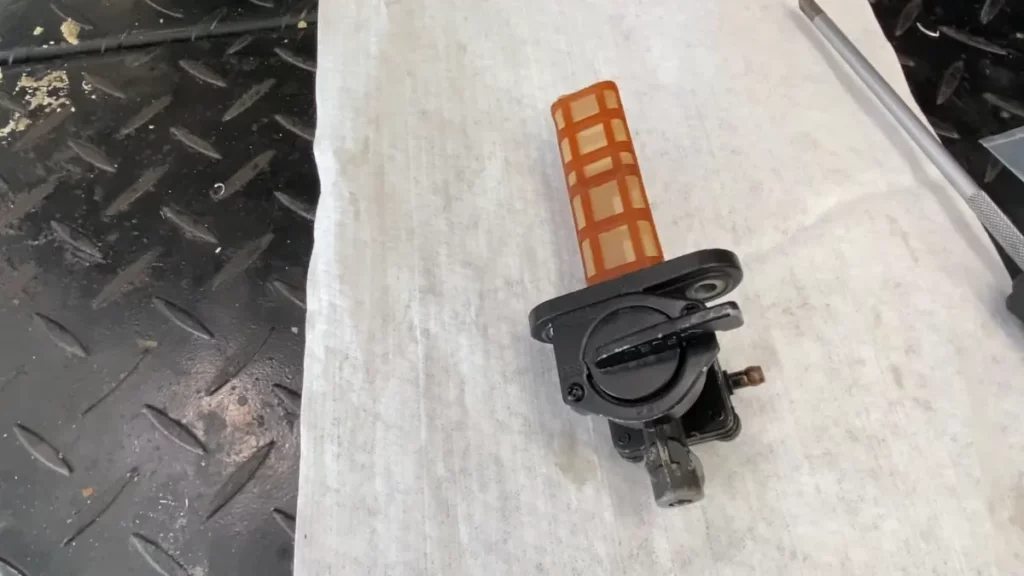
What is a Vacuum petcock on a Harley Davidson?
The vacuum-operated petcock is also known as the vacuum fuel valve or the fuel pump.
The petcock is an integral part of many Harley-Davidson bikes, as it acts as the primary control for fuel flow into the combustion engine.
Inside the petcock, there is a valve mechanism that regulates the fuel flow. There is also a diaphragm to regulate the flow of fuel through the vacuum channel.
When the engine is running, the intake stroke creates vacuum pressure in the vacuum chamber.
This vacuum pressure draws fluid from the gas tank and channels it into the carburetor on the fuel line.
Conversely, when the engine is idle, the vacuum pressure depletes, which in turn closes the fuel flow from the petcock.
The petcock is advantageous for automatic fuel flow. It is also a safe choice against fuel leaks in case of an accident or idling.
Read Also: Harley Davidson Power Vision Tuner Problems [Solved]
Troubleshooting And Fixing Harley vacuum-operated petcock Problems
The vacuum petcock is a sensitive part of the fuel system in the Harley. As a result, an issue with the petcock may result in the complete stalling of the bike.
Fortunately, there are only a handful of problems with the vacuum petcock. Here’s what they are and their potential fixes.
1 – Fuel Leakage
One of the more common issues with the vacuum petcock is fuel leakage. A fuel leak indicates the need for immediate repair.
The fuel leakage may come from the petcock itself or the connected fuel line. The petcock’s worn-out seals are the main culprit.
A fuel leakage on the petcock will result in poor engine performance, bad odor, and fire hazards.
Repairing the seal may cost anywhere between 50 and 200 USD, depending on the nature of the leak and additional fixes.
2 – Vacuum Line Issues
Petcocks operated by a vacuum mechanism solely rely on the vacuum signal to open and close the fuel line connecting to the carburetor and fuel injectors.
An issue with the vacuum line or vacuum signal will cause the petcock to not function properly.
For example, an intake stroke may not produce sufficient fuel in the combustion chamber to start the engine.
And even if it does, it may result in poor overall performance. The telltale signs of vacuum line issues are engine stalls, poor overall performance, and fuel leaks.
A loose line connecting the vacuum to the carburetor or fuel injector is typically to blame for the issue. Replacement of the vacuum line can cost anywhere between 50 and 100 USD.
Read Also: How To Troubleshoot & Fix P1511 Harley Code? 5 Easy
3 – Diaphragm Failure
There is a dedicated diaphragm at the mouth of the petcock that operates as a hatch for fuel flow.
The diaphragm may become worn out over time due to general wear and tear, resulting in problematic and often spurious operations.
A problematic petcock diaphragm will mess with the fuel flow, resulting in jittery starts, stalling, and fuel leaks from the tank. The solution is to replace the faulty or worn-out diaphragm.
A typical Harley petcock diaphragm may cost anywhere between 50 and 150 USD. Depending on the complexity of the petcock design, you might have to pay a significant amount for the labor charge.
4 – Stuck or Clogged Petcock
Sometimes the opening of the petcock may get stuck or clogged due to wear and tear over the years.
Also, sediments and debris accumulate in the petcock on the fuel tank. With fuel flow, this debris and bits eventually make their way to the petcock, causing the problem.
The diagnosis of this issue is the same as diaphragm failure. So it is important to check for both problems at the same time.
The standard repair procedure includes emptying the petcock and the fuel tank for a thorough cleaning.
Read Also: 6 Common Harley Davidson Ignition Coil Problem: Troubleshooting and Fix
How do you attach a petcock to a Harley Davidson?
There are several steps to installing a new petcock on Harley Davidson. It’s important to follow each of them sequentially to ensure proper fit and operation. The steps are –
- Detach the fuel line and the vacuum line from the existing petcock.
- Remove the petcock and clean the mounting area underneath.
- Drain the fuel tank completely using a siphon or a drain hose.
- Mount the petcock in the designated position.
- Ensure the fuel outlet of the petcock is facing the carburetor or fuel injection system.
- Secure the petcock in position using appropriate bolts and screws.
- Connect the fuel and vacuum lines.
- Refill the fuel tank and start the engine. Check whether there is any kind of leak at the connection point of the fuel injector. If there is any existing leak, check the connections again and tighten them appropriately.
Read Also: Harley Davidson Electronic Throttle Control Problems [Troubleshooting And Fix Guide]
Can You Drive with vacuum petcock issues?
Ideally, it is not recommended to drive with a petcock issue. Most petcock issues will cause the engine to jitter, stall, or have very low performance, which will only worsen the engine condition in the long-term.
If it is absolutely necessary, then yes, you can drive with vacuum petcock issues. But it is best if you can fix the issues as soon as possible.
Frequently Asked Questions [FAQs]
Well, now that you know everything there is to know about the vacuum operated petcock problem on the Harley, here are some common queries regarding the same from our readers.
How Do I Know If My Harley Petcock Is Vacuum Or Manual-Operated?
The easiest way to tell whether your petcock is manual or vacuum is to inspect the petcock itself. In a vacuum-operated petcock, in addition to the fuel line, there should be a vacuum line as well.
How Often Should I Inspect The Petcock On My Harley-Davidson?
The petcock on the Harley doesn’t require frequent inspection. Ideally, you shouldn’t have to inspect the petcock unless you see any fuel-related issues. But if you’re still worried, go for a routine inspection every 10,000 miles.
Can I Repair A Faulty Petcock Myself?
That will depend on your expertise with bike repairs. Are you a certified mechanical professional? Then yes, you can easily repair your faulty petcock. But if you’re not, then you will need professional help.
Can A Malfunctioning Petcock Cause Engine Damage?
Yes, a malfunctioning petcock will cause engine damage. A problematic petcock will strain the engine’s performance and eventually cause wear and tear.
Final Words
The vacuum-operated petcock on the Harley is one of the more sensitive components of the bike.
The issues with the petcock are easily noticeable, as the performance of the bike drops significantly as the problem progresses.
The best course of action would be to have a professional diagnose you and then proceed as they advise.
Read Also: What Are The Common Harley Davidson Switchback Problems?

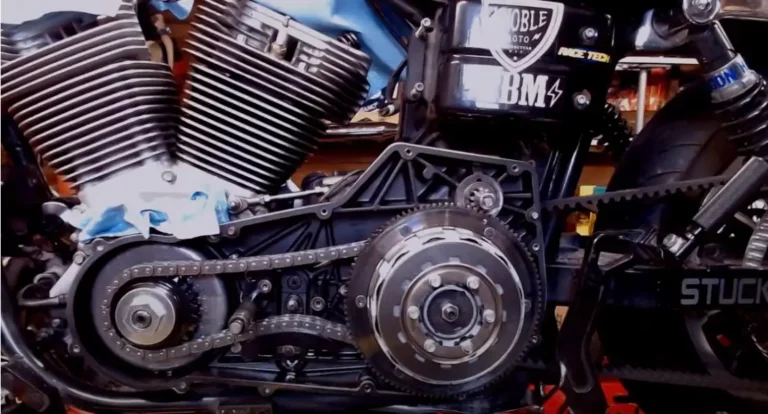
![Harley Davidson Power Vision Tuner Problems [Solved]](https://www.roarontheshore.com/wp-content/uploads/2023/06/Harley-Davidson-Power-Vision-Tuner--768x427.webp)
